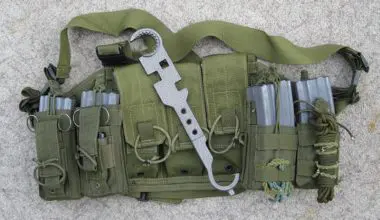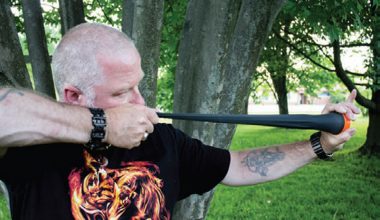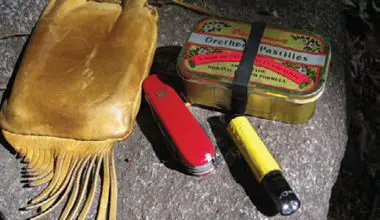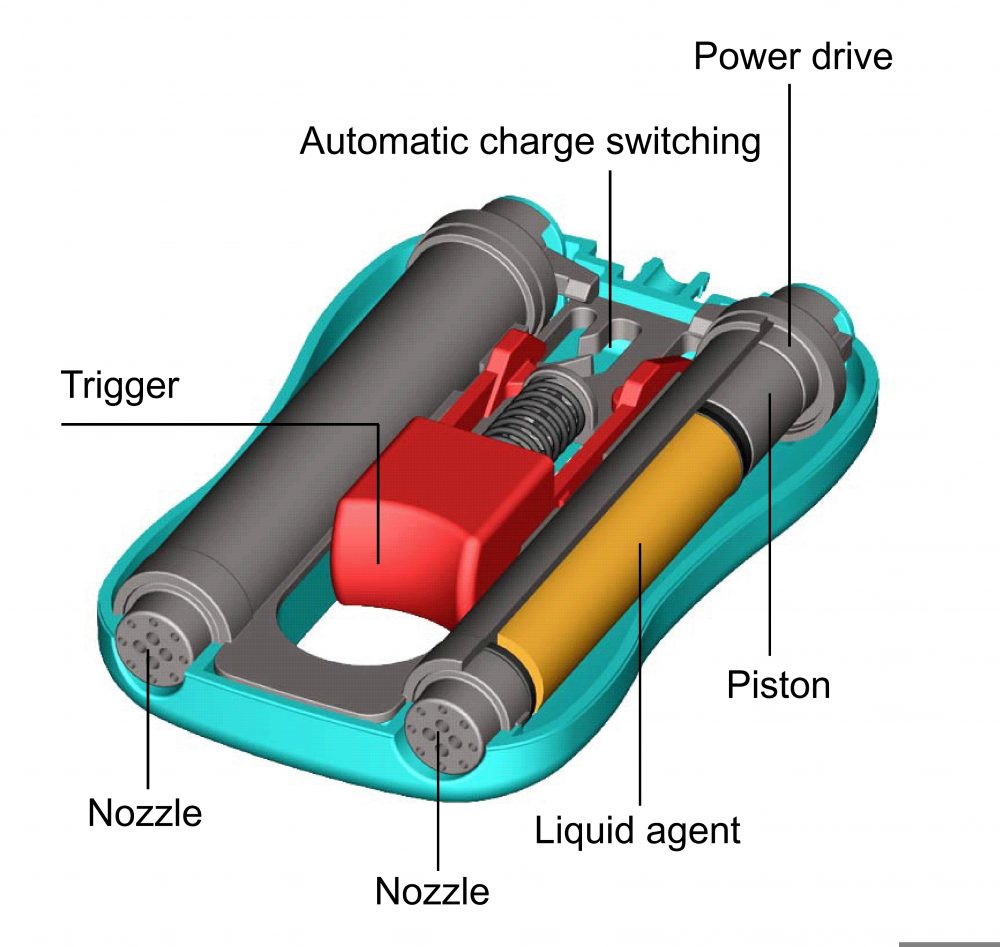
Adequate hydration is essential to maintaining your tactical edge. Replacing body fluids is the single most important thing you can do to manage heat stresses and maximize performance. Adequate water intake reduces strain on the cardiovascular system and heat-related stresses and injuries. Dehydration is one of the most common causes of premature fatigue.
By reducing the body’s capacity for heat loss, dehydration often contributes to hyperthermia. Dehydration is the primary cause of heat illness. Dehydration also increases the chances of going into severe shock if injured.
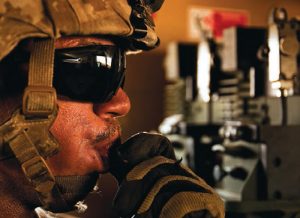
The frequency of accidents and injuries is higher in hot environments than in moderate environmental conditions. Even low levels of dehydration can significantly impair performance. Muscle endurance is reduced in less than one hour under hot and humid conditions without adequate water intake. Alertness and mental capacity are also reduced.
The importance of adequate hydration cannot be stressed enough. Although a healthy water weight percentage varies widely from person to person depending on factors such as age, sex and body composition, it accounts for approximately 60% of body weight in men and 50% in women. Fat contains a lower percentage of water than muscle. The higher your muscle mass, the greater your percentage of water weight will be.
The key to good hydration is drinking a lot of water before, during and after any workout or activity. The body water content must be kept within a relatively narrow range for proper functioning.
According to a recent study, after 2% of a person’s body weight is lost through perspiration, the person experiences impaired performance. After 4% loss, the capacity for muscular work declines. After 5% loss, heat exhaustion results. After 7% loss, hallucinations begin, and after 10%, you experience circulatory collapse and heatstroke, which is a life-threatening emergency requiring immediate medical intervention.
In cool climates, people tend to drink more water than is required. Excess water is excreted in the urine. However, in hot climates or during periods of heavy exertion, large amounts of water are lost through sweat, requiring an increase in fluid intake to avoid dehydration. Heavy exercise induced sweating can cause even trained individuals to lose more than three quarts of water in an hour!
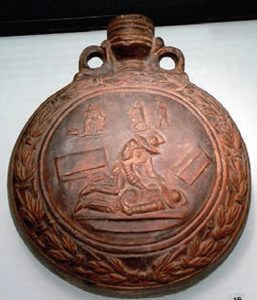
Don’t rely on your thirst mechanism as a gauge of hydration. While thirst generally encourages consumption of more than enough water to prevent dehydration under moderate conditions, it isn’t always a reliable indicator of water needs. The thirst mechanism may actually fail because of high water losses from the body.
It’s essential to anticipate conditions that will increase the need for water. These include elevated temperatures, humidity, protective clothing, and the level of exertion. Recognize that you are already dehydrated by the time you are thirsty. Drink sufficient water to keep your urine copious and pale.
At least five to eight ounces of water should be consumed every 15 to 20 minutes to ensure proper hydration and maintain a safe body core temperature. It’s easier for the body to handle small amounts of water spread out over the day rather than larger amounts at one time. Don’t exceed 1½ quarts of water per hour. Daily fluid intake should not exceed 12 quarts.
In the past, it was thought that coffee consumption could lead to dehydration. This is erroneous, according to the findings of a new study. Researchers at the University of Birmingham in the U.K. studied the fluid levels of 50 men who had a habit of consuming approximately three to six cups of coffee each day. The caffeine had absolutely no influence on hydration status. The study concluded that moderate coffee consumption by regular coffee drinkers provides similar hydration to water.
If water is in short supply, eat at a minimum in order to reduce water loss, since water is required for digestion. Avoid fatty foods, since they require additional water for digestion.
Stomach contents influence the rate of adsorption of both water and electrolytes. The rate of gastric emptying will affect the ability of a drink to re-hydrate and whether the drink’s carbohydrates and electrolytes are absorbed. Food can change the rate of adsorption.
High-salt diets interfere with cellular hydration. High-fat diets can interfere with the rate of food adsorption and thus impact hydration.
Keep cool, clean water within easy reach at all times. Cool water is absorbed more quickly by the body than warm or very cold fluids. Hands-free hydration systems make getting adequate water while on operations, during training, athletics, and while enjoying the great outdoors a whole lot easier.
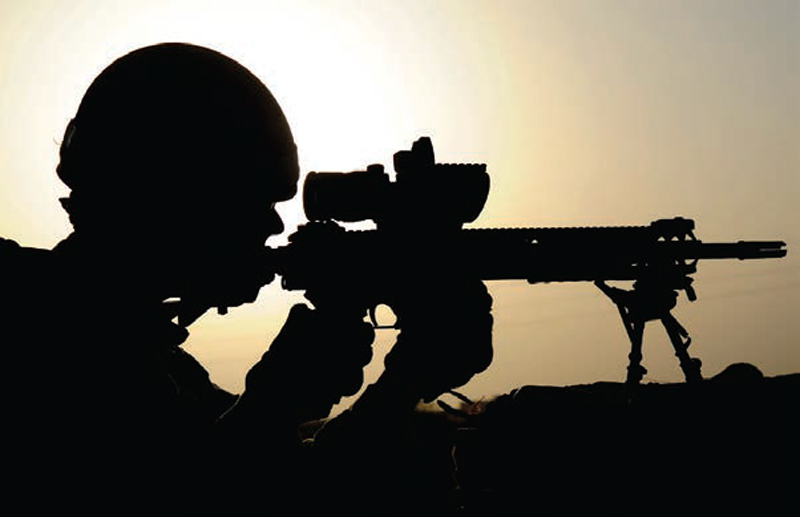
The body sweats in order to maintain proper body heat, and in the process, electrolytes are lost. What many people don’t know is that the body’s production of sweat is controlled to ensure that only small amounts of electrolytes are lost in perspiration. The kidneys also act to conserve fluid and electrolytes by cutting back on urine production during dehydration.
The American College of Sports Medicine (ACSM) recommends that exercise lasting more than one hour should be accompanied by electrolyte replacement. Sodium is the main electrolyte lost through perspiration. Without proper sodium and water replenishment, muscle and abdominal cramping may occur and you run the risk of hyponatremia—an electrolyte disturbance in which the sodium ion concentration in the plasma is lower than normal.
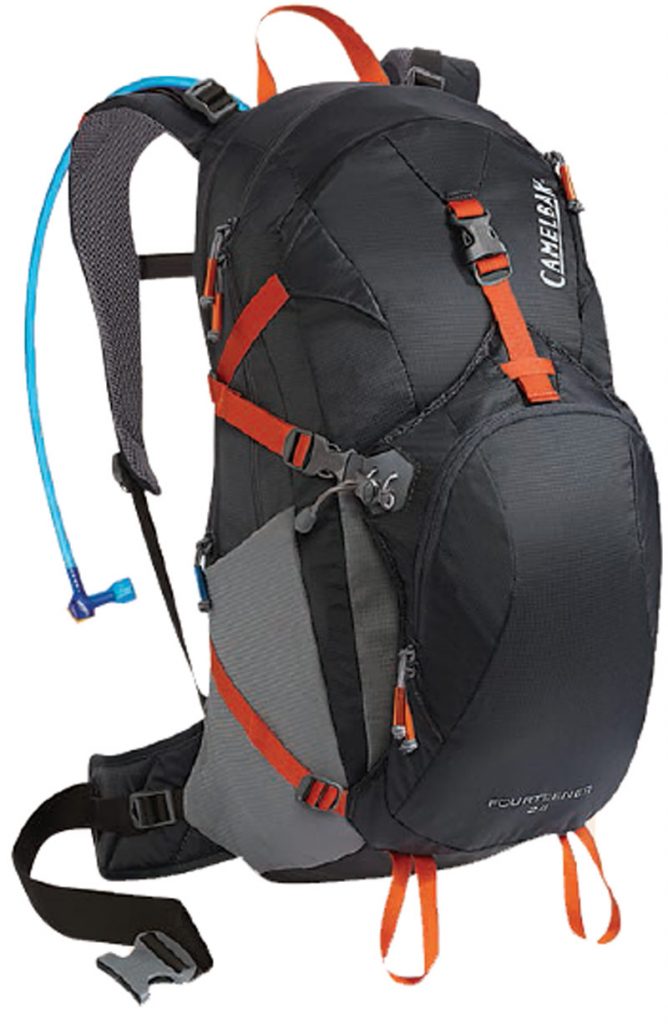
Sports drinks can be used to maintain hydration and electrolytes, as well as provide carbohydrates. Electrolytes are minerals that control osmosis in the body and help maintain the acid-base balance required for normal cellular activities. They allow electrical impulses to travel properly throughout your body, enabling proper muscle function.
Carbohydrates are the preferred body fuel for muscular contraction. Performance athletes generally need to consume 200 to 400 calories per hour from all sources.
Sports drinks aren’t the only way to consume electrolytes. Eating a normal diet will provide the body with more than the amount of electrolytes needed for normal exercise and physical activity.
There are three general types of sports drinks: isotonic, hypotonic and hypertonic. There’s a role for each.
Isotonic sports drinks constitute the greatest number of common sports drinks. They contain similar water, mineral and sugar content as the human body. They are designed to quickly replace fluids and electrolytes lost by the body and to supply a boost of simple carbohydrates (sugars). They should be used when the primary concern is loss of water, minerals and carbohydrates.
Hypotonic sports drinks contain little in the way of minerals or carbohydrates. They are designed only to replace lost fluids. They contain a higher percentage of minerals and/or carbohydrates than the human body and are less easily digested.
Hypertonic sports drinks are primarily employed to supplement daily carbohydrate intake and replenish glycogen stores. They are most often used by endurance athletes such as marathon runners who need the extra carbohydrates and electrolytes.
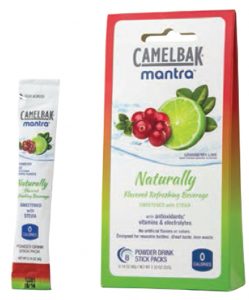
You can easily make sports drinks at home for a fraction of the cost of their commercial counterparts. For an isotonic drink, mix 200ml of frozen orange juice concentrate, one liter of water, and a pinch of salt. A hypotonic drink is made the same way, just use only 100ml of orange juice concentrate. For a hypertonic drink, increase the amount of concentrate to 400ml.
A downside to common sports drinks and juices is that they leave sticky residues that can be difficult to clean from hydration reservoirs and water bottles. CamelBak’s Elixir™ was designed specifically for hydration systems.
Elixir is a sugar-free electrolyte supplement with the right amounts of the electrolytes necessary for proper biological function: sodium, potassium, chloride, magnesium and calcium.
Elixir is sold in an easy-to-carry tube containing 12 tablets. One tablet is used for every 24 ounces of water. The tablets are effervescent and self-mix in your water. Since Elixir contains no sugar, it leaves no sticky residue and easily rinses clean in your reservoir or water bottle. There are only 10 calories per tablet.
Elixir is available in five flavors: Lemon Lime, Raspberry Lime, Watermelon Kiwi, Tropical Punch with energy, and Tangerine Orange with energy. The “with energy” flavors contain 75mg of caffeine per tablet, about the same amount of caffeine as in a shot of espresso. Elixir contains CamelBak’s proprietary energy blend of taurine, guarana and B vitamins, and is available in the U.S. only.
CamelBak also offers its Mantra™, a great tasting drink mix containing antioxidants, vitamins and electrolytes. Designed for reusable bottles, it comes in a convenient powder stick with eight sticks to a package. One stick treats 12 ounces of water.
Mantra is available in Blueberry Pomegranate, Cranberry Lime, and Raspberry Lemonade. It’s sweetened with the natural sweetener Stevia, a plant native to South America that has been used as a sweetener for hundreds of years. It has a negligible effect on blood glucose. Mantra is colored with vegetable and fruit juices.
